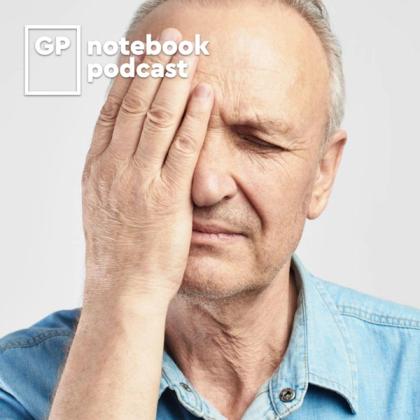In this podcast, Dr Kate Chesterman discusses cluster headaches. She talks through the clinical features that would lead to a diagnosis, the initial investigations in primary care and indications for a referral to a headache specialist. She considers the management of acute attacks, including considerations around prescribing oxygen, as well as the options for preventative treatment.
Key references
- NICE. Headaches in over 12’s: diagnosis and management (CG150). 17 December 2021.
- BMJ Best Practice. Cluster headache. 2022.
- Schindler E, Burish M. 2022 Mar;376:e059577. doi: 10.1136/bmj-2020-059577.
- Patel I and Roots D. Advice on oxygen treatment for cluster headache in adults. London Clinical Oxygen Network. Information for GPs and Neurologists. September 2016.
- West Suffolk Clinical Commissioning Group. Oxygen. Accessed 20 January 2023.
- Nottinghamshire Area Prescribing Committee. Nottinghamshire home oxygen pathway for cluster headaches. July 2022.
- NICE. Transcutaneous stimulation of the cervical branch of the vagus nerve for cluster headache and migraine (IPG552). 23 March 2016.
- University Hospitals Coventry and Warwickshire. Patient information leaflet on GammaCore. January 2022.
- Migraine Trust. Headache diary. Accessed 20 January 2023.
Key take-home points
- Headache diaries can be invaluable in establishing the frequency, severity and triggers associated with headaches. There is a link to the Migraine Trust headache diary above.
- Cluster headaches are thought to be one of the most painful conditions known.
- Patients describe a severe, unilateral headache. The pain is usually around the eye and along the side of the face or head. The patient is often restless and agitated during an acute attack, which can last for up to a few hours. Attacks can occur several times a day.
- There are ipsilateral autonomic symptoms, such as conjunctival injection and lacrimation, nasal congestion, eyelid oedema, forehead and facial sweating, miosis and/or ptosis.
- Initial management in primary care includes an erythrocyte sedimentation rate test in patients over the age of 50 (to rule out temporal arteritis) and a referral to a headache specialist for all patients with a first bout of cluster headache.
- Management of acute headaches includes subcutaneous or nasal triptans, or oxygen.
- Oxygen should be prescribed at 12–15 L/min via a non-rebreathe mask with a reservoir, for 1 hour per day.
- When prescribing oxygen, consideration should be made to fire and trips hazards and a referral should be made to a specialist home oxygen assessment and review team.
- If the oxygen is effective in aborting an attack, it should be continued for 10 minutes after the pain has subsided to prevent a rebound headache.
- If oxygen is ineffective at aborting an attack after 15 minutes, it should be stopped, and alternative acute management sought. If oxygen is repeatedly ineffective then the prescription should be stopped.
- Verapamil is the only preventative medication advised by NICE. It remains unlicensed for the treatment of cluster headaches and should be prescribed by, or on the advice of, a headache specialist. Electrocardiogram monitoring is required.
- Non-invasive vagal nerve stimulators are portable hand-held devices applied to the neck by the patient. They can be effective both in aborting acute attacks and reducing the frequency of attacks. They need to be prescribed by a specialist and may not be universally available.
- Paediatric and pregnant patients with cluster headache should be referred to secondary care.
Create an account to add page annotations
Add information to this page that would be handy to have on hand during a consultation, such as a web address or phone number. This information will always be displayed when you visit this page
